
|
|
|
| synonym |
|
| description |
A very distinctive member of this genus, with intense grayish-white and dark brown coloration. The crown is whitish with a thin, dark-brown marginal line, a transverse orange band between the eyes with a darker diamond shape in the middle, sometimes extending towards the pronotum. The eyes are dark brown to blackish, the face is brown to blackish (this varies among individuals) with one to three darker brown lines below the crown; the areas below the eyes on the side of the head are blackish. The pronotum is dark brown with a medial whitish-gray cruciate pattern; the posterior margin can be pale. The scutellum posterior half is yellowish-white with black marks on the lateral margins; the anterior half has a dark brown trapezoid-like shape in the middle and an orange-brown square on either side. The wings have a grayish-white base color with brown to blackish venation. There is a blackish diagonal band at the base of each wing and a broad dark-brown to black transverse vertical bar about 2/3 of the length of the wings; this wing pattern is distinctive and characteristic of this species. The wing tips have a smoky orange tint to them. The female pregenital sternite is anteriorly yellow and posteriorly brownish-black. The male subgenital plates are trapezoid-like in shape with blunt, rounded apices. Adult males are 4.9-5.3 mm long, females are 5.3-5.9 mm. (Barnett 1976)
For more images of this species, see: BG. |
| distribution |
Eastern North America, though primarily from the Midwest and central U.S.; in the Southeast, recorded from AL, VA, and now NC. (Barnett 1976) |
| abundance |
Uncommon, recorded from several counties in the mountains and Piedmont; likely more abundant in this region though. |
| seasonal_occurrence | |
| habitat |
Woodland habitats |
| plant associates |
Ulmus americana, Fraxinus nigra, cottonwoods (Barnett 1976) |
| behavior |
Can be attracted at night with a light. |
| comments |
This species could maybe be confused with some individuals of S. opalinus, as both species have a similar gray coloration on the wings. Note however that opalinus lacks the characteristic dark wing bands found on S. obtusus; obtusus is also much darker on the face and underside. |
status |
[Native:]
[Introduced:]
[Extirpated:] | | list_type |
[Official:]
[Provisional:] |
| adult_id | Unmistakable and widely known Identifiable from good quality photos of unworn specimens
Identifiable from photos showing undersides, or other specialized views [e.g., legs, face]
Identifiable only by close inspection of structural features or by DNA analysis NULL |
| nymph_id | Unmistakable and widely known Identifiable from good quality photos, especially where associated with known host plants
Identifiable from close inspection of specimens or by DNA analysis
Identifiable only through rearing to adulthood NULL |
| G_rank |
|
| S_rank |
|
| rank_comments |
|
| tribe |
Scaphoideini |
| subgenus |
Scaphoideus |
Species Photo Gallery for Scaphoideus obtusus No Common Name |
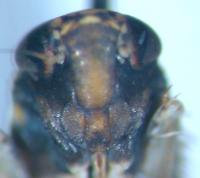 | Photo by: Bo Sullivan
Ashe Co.
Comment: 3200', female specimen photographed |  | Photo by: Bo Sullivan
Ashe Co.
Comment: 3200', female specimen photographed |
 | Photo by: Bo Sullivan
Ashe Co.
Comment: 3200\', female specimen photographed |  | Photo by: Bo Sullivan
Ashe Co.
Comment: 3200\', female specimen photographed |
 | Photo by: Kyle Kittelberger, Brian Bockhahn
Polk Co.
Comment: |  | Photo by: Kyle Kittelberger, Brian Bockhahn
Polk Co.
Comment: |
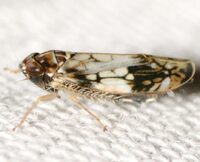 | Photo by: Kyle Kittelberger, Brian Bockhahn
Polk Co.
Comment: | 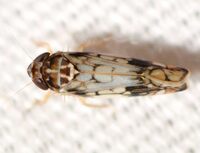 | Photo by: Kyle Kittelberger, Brian Bockhahn
Polk Co.
Comment: |
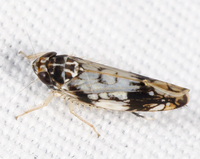 | Photo by: John Petranka
Watauga Co.
Comment: Attracted overnight to 15W UV light sheet. |  | Photo by: John Petranka
Watauga Co.
Comment: Attracted overnight to 15W UV light sheet. |
 | Photo by: Ken Kneidel
Yancey Co.
Comment: 5.5 mm female came to UV light at night | 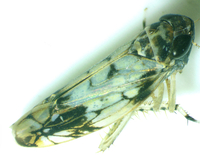 | Photo by: Ken Kneidel
Yancey Co.
Comment: 5.5 mm female came to UV light at night |
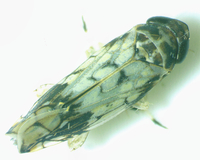 | Photo by: Ken Kneidel
Yancey Co.
Comment: 5.5 mm female came to UV light at night |

 »
»
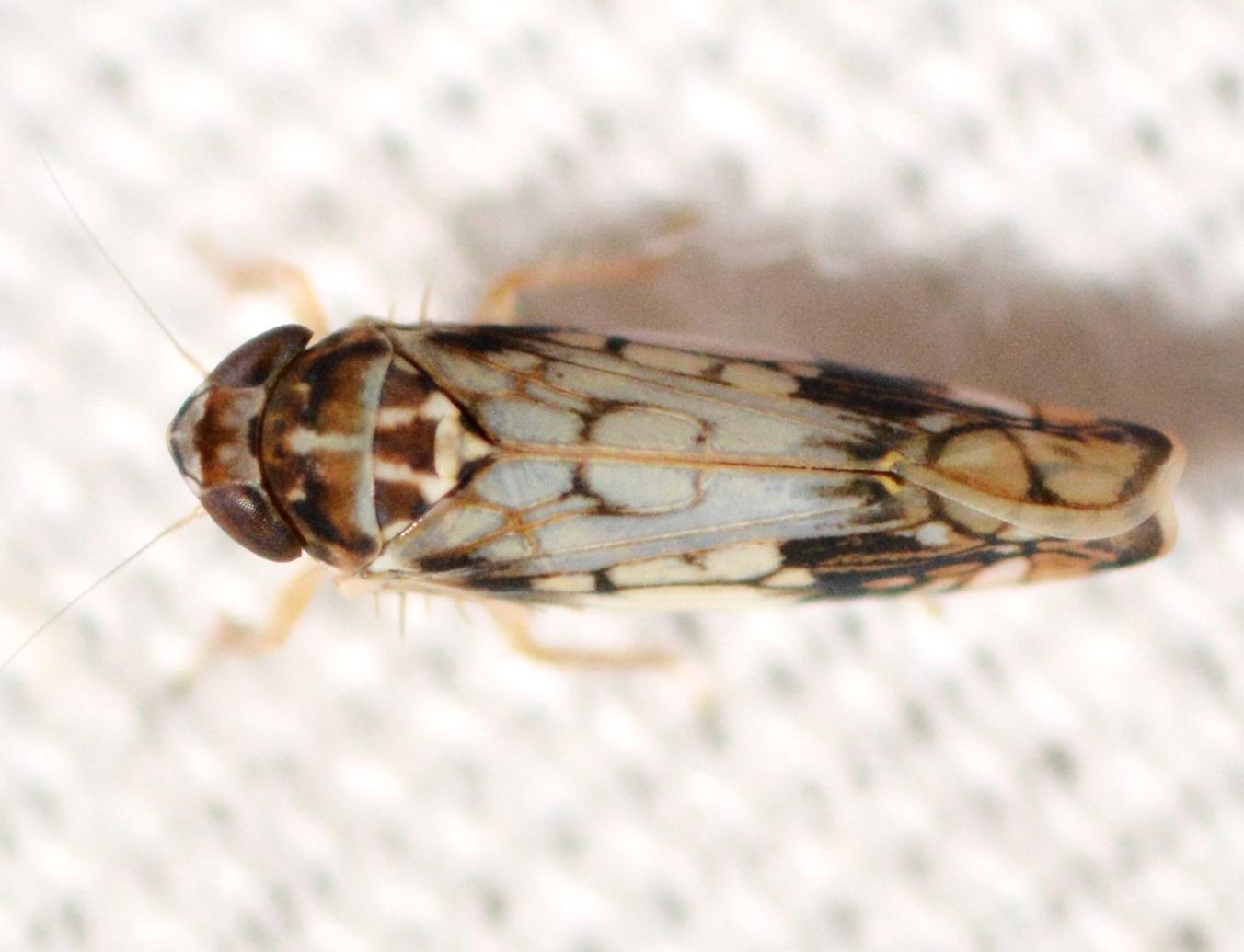
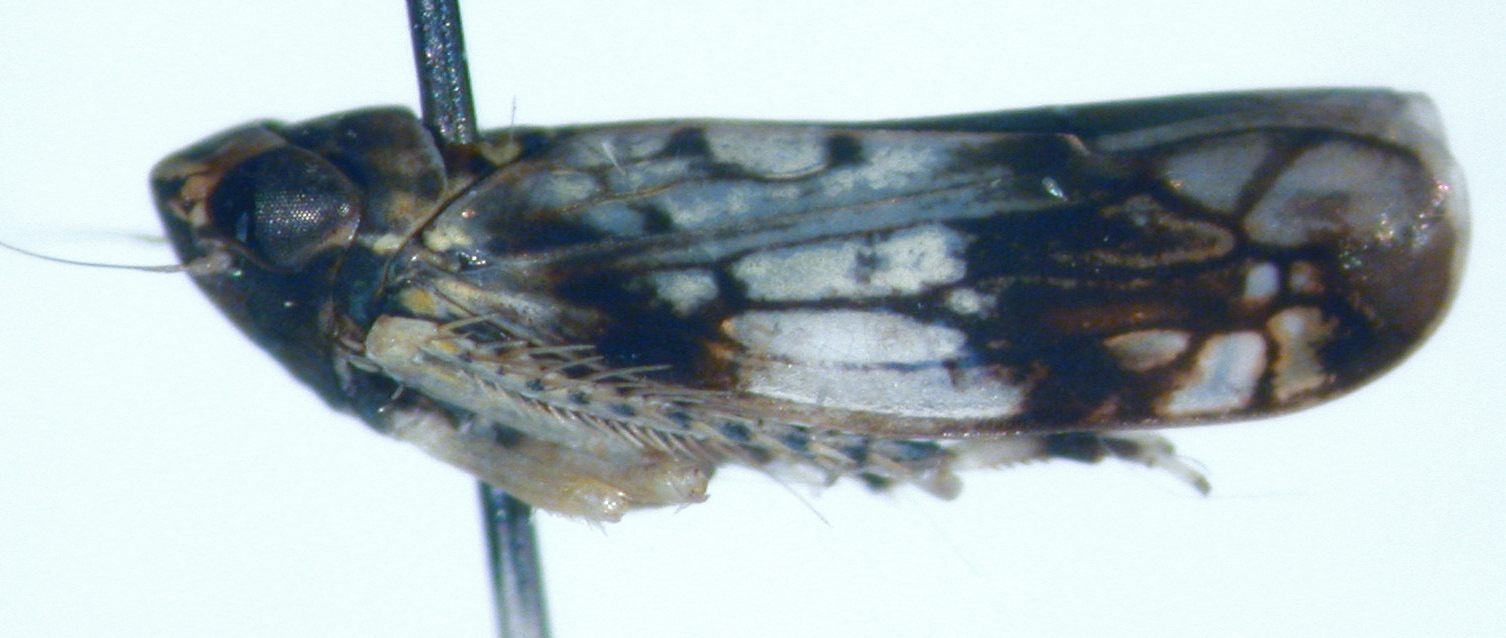


 »
»


